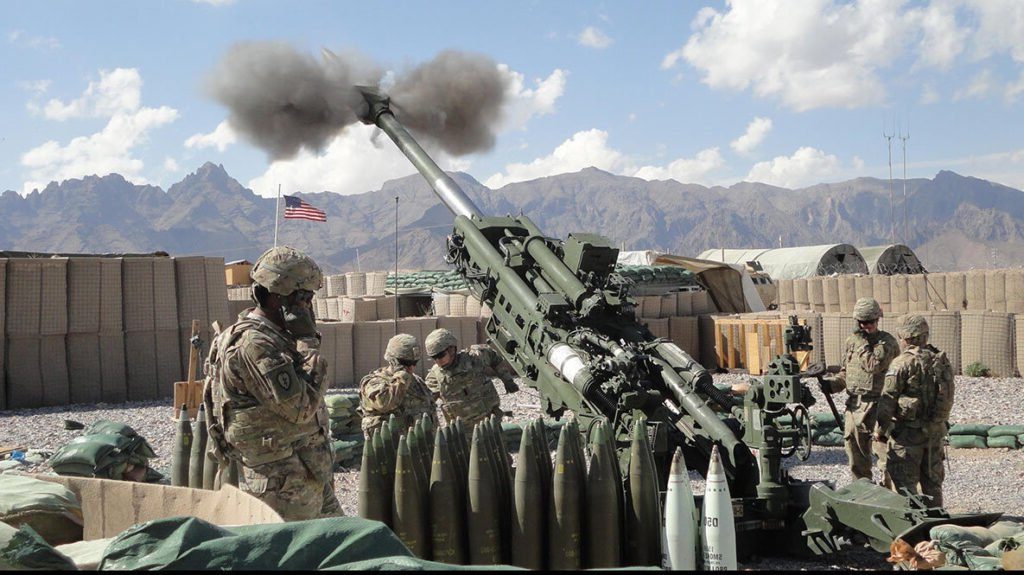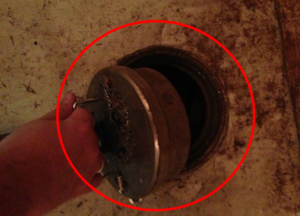What lessons should the American military learn as Ukraine’s underdog army repels Russian invaders?
The highest general of the United States Army does not hesitate: “We’re witnessing the impact of long-range precision fires right away,” said Gen. James McConville. “The HIMARS has changed the game for the Ukrainians.”
“The war has shifted,” stated Army Chief of Staff McConville in a late September interview with Breaking Defense.
The first phase of the battle, a desperate struggle against oncoming Russian armor, emphasized man-portable anti-tank missiles like as the US Javelin and British NLAW. To take out Russian helicopters and ground-attack aircraft, the defenders also need shoulder-fired anti-aircraft missiles like the famous Stinger.
However, when Ukraine stabilized the front and subsequently went on the offensive,
“The Ukrainians initially had a lot of success with what I would call short-range weapons systems, like the Javelin, like the Stinger,” McConville said. But over time, “they found that having artillery – [like] the triple-7s [i.e. the M777 155 mm howitzer] — gave them much more capability. And now with HIMARS, [they have] the ability to engage across the depth of the battlefield.”
Long-Range, High-Tech, High Lethality
Such “Long-Range Precision Fires” – from GPS-guided howitzer shells to hypersonic missiles – have been the US Army’s No. 1 priority for research, development, and acquisition since 2017.
That’s when then-Chief of Staff of the Army Gen. Mark Milley, now chairman of the Joint Chiefs, used the annual Association of the US Army conference as a platform to set the service on a bold new course, refocusing from grueling guerilla warfare in the Middle East to high-tech conflict with China and Russia. McConville, who was Milley’s deputy, succeeded him as chief in 2019 and is now shepherding several programs the two men started into production.
“Those capabilities will be coming into the force starting next year,” McConville said. “That will fundamentally change how we do business.”
In 2023, the Army will get its first combat-ready prototypes for three new Long-Range Precision Fires systems:
- the hypersonic Dark Eagle missile, whose classified range is estimated at over 1,700 miles;
- the Mid-Range Capability (MRC), aka Typhon, which repurposes Navy SM-6s and Tomahawks for strikes at ranges of about 1,000 miles; and
- the Precision Strike Missile (PrSM), an all-new weapon designed to fit in existing HIMARS launchers and hit targets over 300 miles away.
By comparison, the farthest-striking missile currently available to the Army is the HIMARS-launched ATACMS (Army Tactical Missile System), with a maximum range of under 200 miles. And the US hasn’t actually given any ATACMS to Ukraine, just the 40-mile GMRLS rockets. That range is adequate for most targets in eastern Ukraine, but not for the vast distances of the western Pacific.
“We are developing systems that help us deal with the ranges and the speeds that are required in an environment that is much larger,” McConville said.
What’s more, the Army aims to upgrade these new weapons with sophisticated seekers that let them strike moving targets, including ships at sea. That makes them much more useful in the Pacific, historically a Navy-dominated theater, where the Army seeks a new role supporting the fleet with land-based anti-ship strikes.
“Long range precision fires gives you the ability to penetrate integrated air and missile defenses,” McConville said. “It gives you the ability to sink ships – which, again, can be very helpful if someone’s considering some type of amphibious operation.” (While McConville doesn’t offer examples, the most-discussed amphibious scenario is a Chinese attempt to land troops on Taiwan).
Of course, the US isn’t the only one developing such long-range precision-guided weapons. So is Russia – although it has resorted increasingly to indiscriminate strikes against civilians in Ukraine – and China. That puts a premium on missile defenses, McConville said, another of the Army’s six modernization priorities. But it also requires US forces to stay on the move and spread out, so they don’t provide big, static targets, like the Russian ammo dumps and air bases repeatedly ravaged by Ukrainian strikes.






